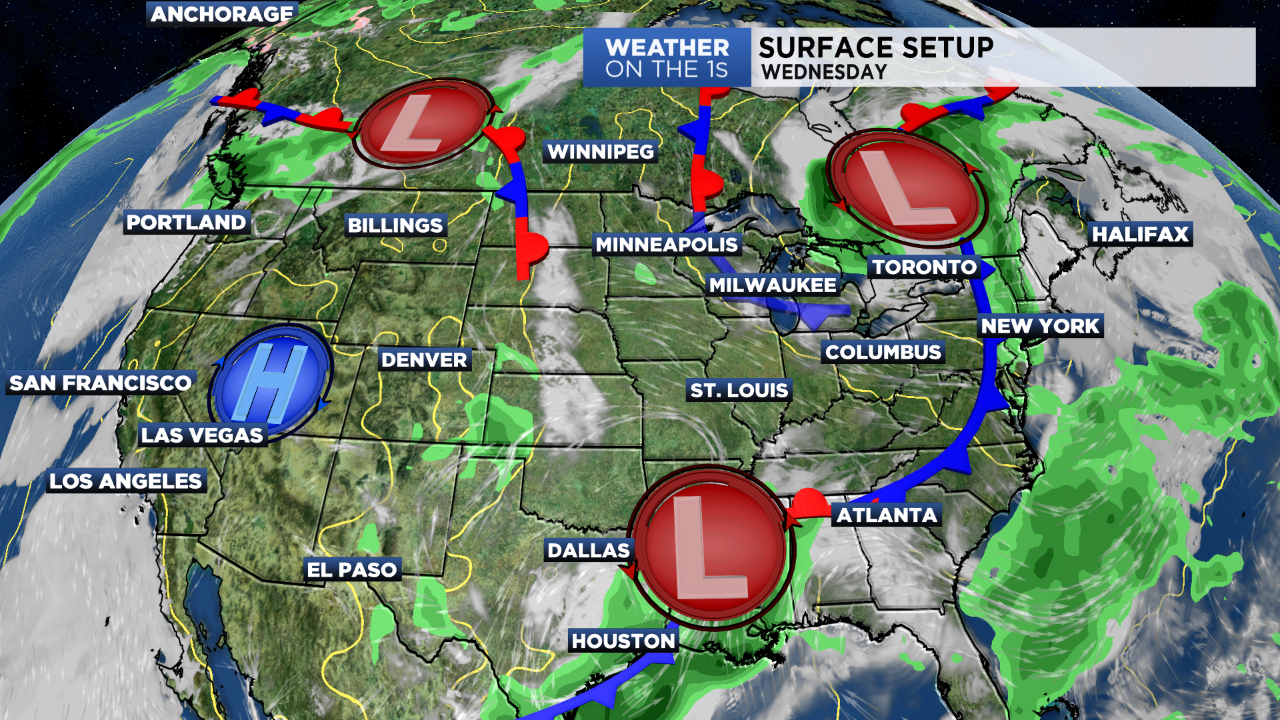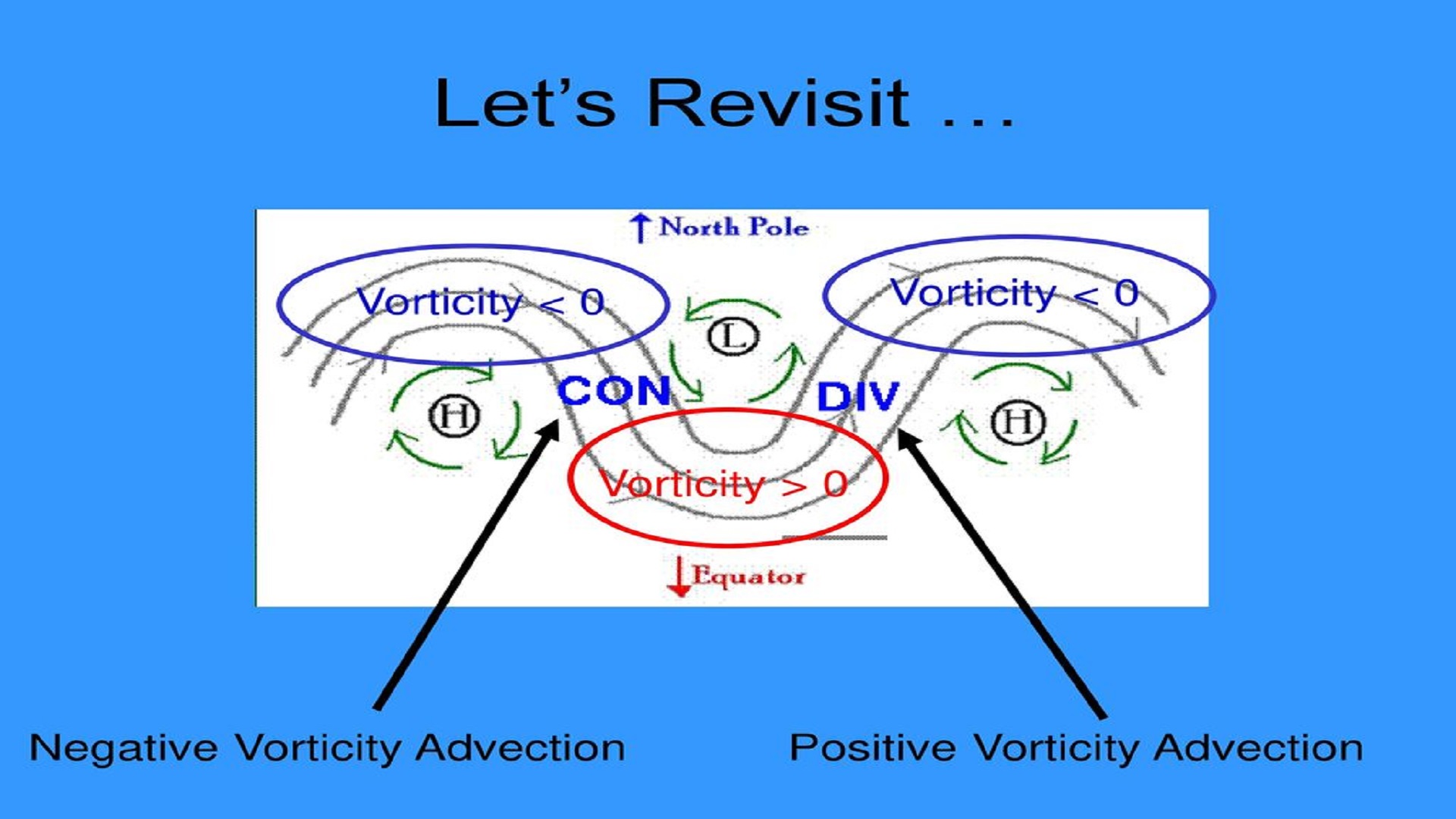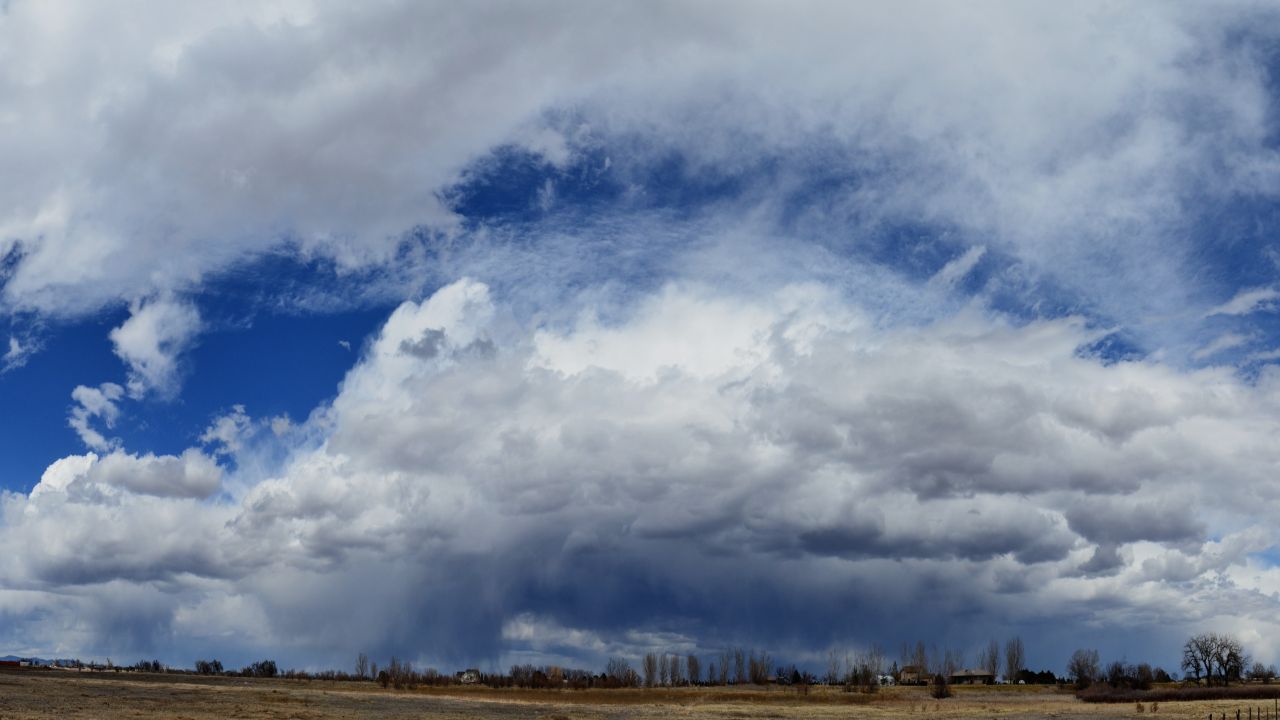During the summer months, you may have noticed that although a day may start off quiet and sunny, sometimes by the afternoon, storms seem to pop up out of nowhere.
Why is this the case?
Where are these storms coming from?
Well I thought I'd use this blog to explain how elements in the atmosphere combine together to form these "pop up" storms.
When you see the sun shining bright during the morning into early afternoon, some people may think this is a good omen that storms won't pop up.
But in actuality, the more sunlight, the more unstable the atmosphere becomes. This instability is due to the sunlight warming up the lower troposphere, bringing in warmer temperatures, as well as more water vapor.

If you only look at one specific location on the radar, it may seem that thunderstorms are appearing out of thin air.
But when you look at the big picture, specifically a surface map, you can see the different fronts moving across the country. Sometimes, an area of low pressure may be so strong that it continues to circulate a few thunderstorms in a certain area, even if it seems extremely distant on a map.
In the same regard, when you're looking at boundaries, when warm and cold air mix, this creates more instability in the atmosphere, thus, a better chance for storms to form.

Positive Vorticiy Advection (PVA) is typically associated with divergence and upward motion. This usually is associated with cyclones and troughs.
When there is movement in the atmosphere, different pressures are picked up, and swirling of warm & cold air begins.
PVA is one way meteorologists may find upper tropospheric divergence.

How can you tell when the atmosphere is unstable?
As meteorologists, we tend to look at CAPE (Convective Available Potential Energy) values to understand the instability of the atmosphere.
The higher a CAPE value is, the more unstable the atmosphere is, thus, producing a strong updraft.
For Wednesday's forecast, the CAPE value is only at 1,000 J/kg, representing weak instability. Even though the value may be lower, it still indicates a more unstable environment that is capable of producing storms.



